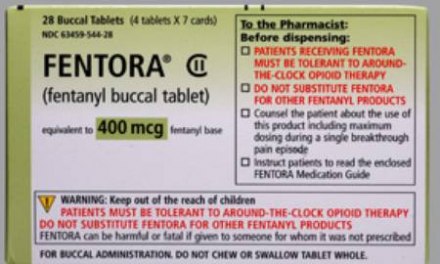Let’s begin with a story of successful long-term recovery. Seems to me there will always be lessons to learn from the experience of the ‘winners’ in their struggle against addiction.
For instance, a woman who is just now celebrating 30-plus years clean and sober, after a long, difficult battle with heroin. She co-hosts a talk show, Red Table Talk, along with her daughter, the actress Jada Pinkett-Smith.
Adrienne Banfield-Norris celebrates 31 years of sobriety
Here’s a quote from the interview:
“I spent so many years in that insanity of active addiction, running in and out, and just that revolving door — you know, trying to get my life back together. That surrender was a struggle. But it was the surrender that was the beginning of a change in my life.”
Sounds very much like a Twelve Step story. Indeed, she references how helpful the Steps have been through the years, such as dealing with the pandemic and the various restrictions it placed on our lives. She notes that reconnecting with her original NA home group in Baltimore turned out to be a real benefit. Like so many support meetings, they turned to gathering online.
As an aside, research today seems to have become heavily focused on harm reduction. That’s appropriate given the current public health crisis. Still, addiction patients have repeatedly shown us that they’re capable of becoming not only measurably ‘less sick’, but often, demonstrably quite well.
How did they accomplish it? I feel sure it wasn’t via a long string of uninterrupted success. There had to be many barriers to overcome along the way. I’d be interested in that area. Research into longer term recovery was common in past decades — maybe we should revive it?
Now for the less good news: as they have for thousands of years, humans continue to die from alcoholism. Take the recent autopsy findings regarding the death of former NFL star Vincent Jackson, who died at age 38. Here’s Sports Illustrated’s take:
Vincent Jackson’s Cause of Death Was Chronic Alcohol Use
Jackson had been living in a Tampa hotel room for a month. The autopsy report detailed a chain of medical problems related to drinking — “…alcoholic cardiomyopathy, hepatic steatosis and fibrosis, esophageal varices, ascites, jaundice, remote pancreatitis, renal failure and hyponatremia dehydration, cardiovascular disease and intoxication by ethyl alcohol…” Whew. Final conclusion: death due to “chronic alcohol use.” No kidding.
Blood alcohol content at time of death: reportedly 0.28%.
Straightforward, no? But the family revealed that he was also suffering from a mild form of chronic traumatic encephalopathy, also known as CTE. This is a disturbingly common brain syndrome found among persons subjected to multiple impacts to the head. For instance, the kind of concussions sustained during a football career. Retired NFL players, it turns out, made up much of the original study population of CTE patients.
The family confirmed that Jackson claimed to have used alcohol to clear his mind of ‘fuzzy’ thinking. That shifted the focus somewhat onto CTE as a possible “cause” of his drinking.
Given the rest of the damage he sustained, that’s questionable. Still, since CTE and chronic alcoholism can both progress over a number of years, and routinely go unrecognized until damage is fairly advanced — we can’t expect to answer the inevitable chicken-and-egg questions around which of the two came first.
Then again, does it matter? In Jackson’s case, they were linked. Each I suppose made the other worse. And would have complicated a treatment plan.
I wonder if there was a formal attempt to intervene at some point. This was a late stage case, obviously. Hotel housekeepers had looked in on him on two consecutive days and found him sitting in a chair. They thought he was asleep. On the third day, someone took a closer look.
It’s a sad story. Like something from the movie Leaving Las Vegas.













